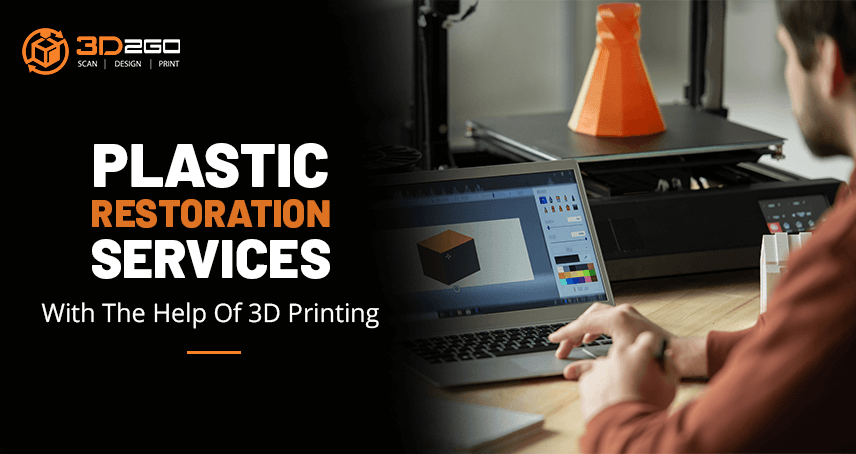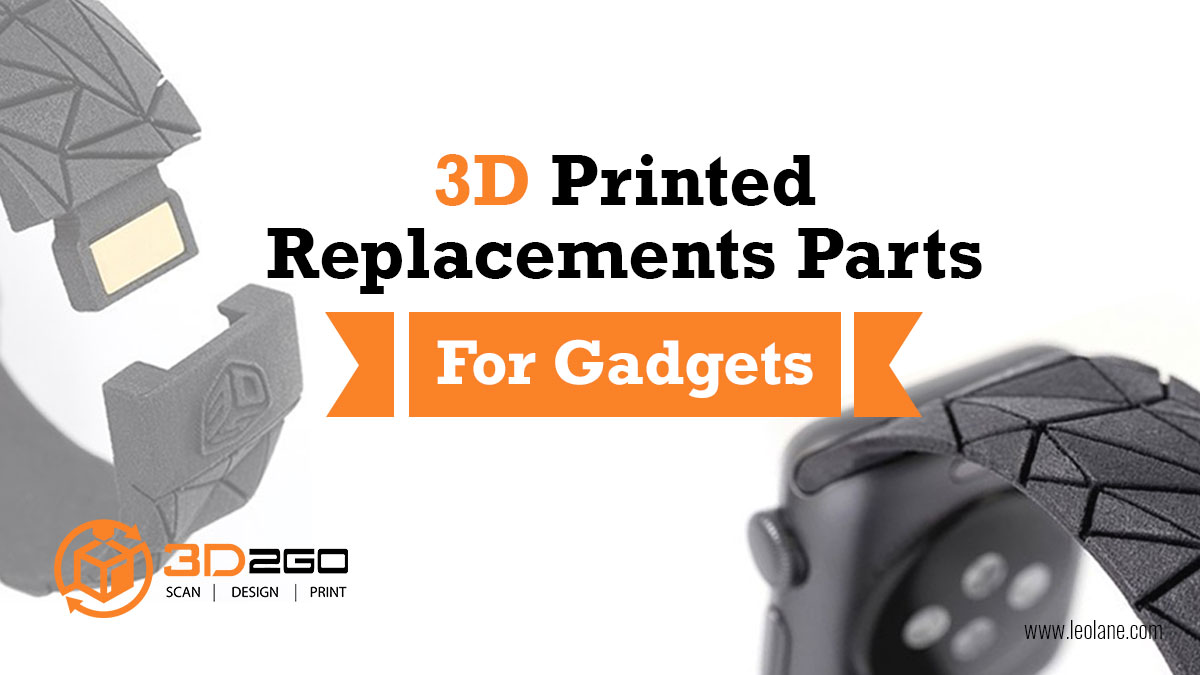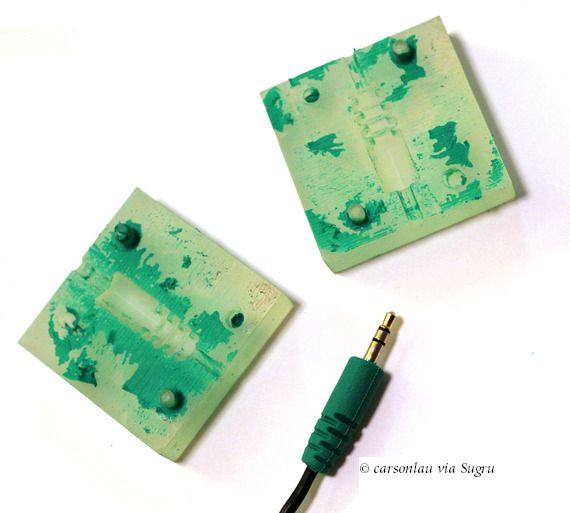
More Fun Customized Cake Topper Ideas Your Children Will Love
June 26, 2022
Plastic Restoration Service Vs. Rehabilitation With Other Materials
June 27, 2022I am sure that this is a very familiar scenario to everyone who owned any electronic appliance or gadget. So let’s say you owned a product or device, and then you ended up throwing it away since some small, insignificant looking plastic part had broken. You took your 30-inch LED TV to the shop for repair only to find out that it is cheaper to buy a new one.
Anyone with a tight budget as well as remotely environmentally conscious will cringe at this point by now. You were just told that you have to throw away and replace a possibly expensive item of which 99% of the parts still work because of the tiny broken part that you can’t replace
Well, to explain this scenario, the business of making, storing, and shipping spare parts has long been a source of time-consuming and costly difficulties for suppliers of spare parts as well as for their customers. Maintaining inventories of infrequently ordered parts have become so expensive that suppliers and electronic companies often simply stop offering repairs and replacement parts to out of warranty items and just advise often irate customers to upgrade to a much newer model.
After all, why waste the company’s time and money fixing a tv that had been phased out two years ago when you can earn more money making the customer buy an upgraded, and possibly a lot more expensive, top of the newer model?
With how fast a newer model of an electronic gadget or appliance is being churned out by the manufacturers in this fast paced technological and innovative era, this has become the status quo of the electronics industry. Why spend money for part on an iPhone 5 when you can avail yourself of the newer and sleeker iPhone 7 or even an iPhone 8?
Thanks to 3D printing, this scenario will be soon a thing of the past since we finally now have the means to produce our own parts replacement that are similar to the original part enough to be able to repair certain gadgets. With this 3D printed parts replacement technology, long used in the prototyping of new products, will enable parts replacement suppliers to make and send 3D printed replacement parts on an on-demand basis, and do so locally, close to where the parts are needed, therefore eliminating the cost of finding and shipping such part. Alternatively, companies can opt to print their own parts replacement, bypassing the suppliers entirely.
This will not eliminate our need for newer models, however. We have already been taken with the “newer is better” mentality fed to us by several electronic companies. But still, 3D printed parts replacement technology gives us another option aside from disposing an otherwise working electronic drone or gadget.
So next time you have decide to throw that old blender or microwave due to some obscure part being no longer in stock in your local service stores, ask yourself first if you can 3D print your own parts replacement.







